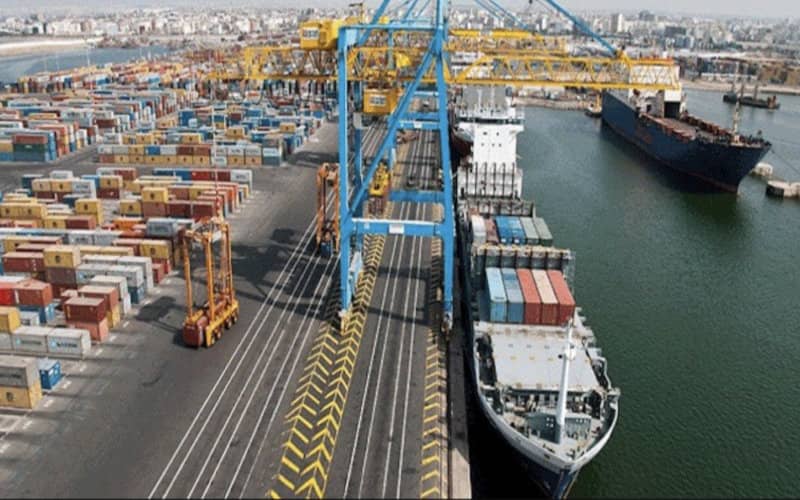Morocco’s Trade Deficit Widens 6.5% as Imports Outpace Export Growth

Morocco’s trade deficit widened by 6.5% at the end of November 2024, reaching 275.74 billion DH against 261.36 billion DH in the same period of the previous year, according to figures from the Office des Changes. Moroccan exports, on the other hand, only grew by 5.2% in the first eleven months of 2024, while imports jumped by 5.7%, further exacerbating this situation.
Increase in the country’s energy bill, insufficient number of exporting companies, poor geographical and sectoral distribution... These are among the underlying causes of Morocco’s trade deficit. While the kingdom has more than 5,000 exporting companies, 80% of the turnover generated internationally comes from less than 20% of them, reports Challenge. Another cause: 85% of Moroccan exports are concentrated in only three regions of the country, which limits the diversification of revenue sources. On the sectoral level, Moroccan exports are dominated by six key sectors: automotive (34.4%), agriculture and food industry (19.3%), phosphates and derivatives (17.8%), leather products (10.7%), aeronautics (5.3%) and electronics (4.3%), which creates vulnerability to global economic fluctuations.
Faced with this rather gloomy picture, Abdeslam Touhami, an economics expert, proposes to broaden the exporting sectors, improve the competitiveness of Moroccan products and multiply the distribution channels internationally. According to him, it is necessary for Morocco to increase its export volume, both in terms of quantity and value. It is a question of diversifying the export markets, not only towards Europe, but also towards other continents, and of strengthening the exports of high value-added products, in addition to basic products.
"Morocco loses each year an unexploited potential of exports worth 120 billion DH," Omar Hejira, Secretary of State to the Minister of Industry and Trade in charge of Foreign Trade, pointed out. A considerable shortfall equivalent to the budget of the reconstruction and rehabilitation program for the regions affected by the Al-Haouz earthquake (2024-2028). At the origin of this loss, existing production capacities but still unexploited, particularly in underdeveloped sectors. To correct the situation, the Moroccan government has launched a new roadmap for foreign trade for the period 2025-2026, the unveiling of which is scheduled for next February. The objective is to stimulate Moroccan exports by exploring new opportunities internationally.
Related Articles
-

Tangier’s Tourism Boom: Paradise Lost for Middle-Class Moroccans as Prices Soar
26 August 2025
-

Moroccan Milk Boycott Sours Danone’s Profits: How Social Media Activism Cost a Giant Millions
26 August 2025
-

Moroccan Blue Pearl Chefchaouen Ranks 30th Among World’s Most Beautiful Villages
25 August 2025
-

Moroccan Dirham Strengthens Against Euro as Official Reserves Hit 408 Billion
25 August 2025
-

Spanish Engineering Giant Exits Morocco: Grupo Mecanica Del Vuelo Shuts Casablanca Operations After 11 Years
25 August 2025